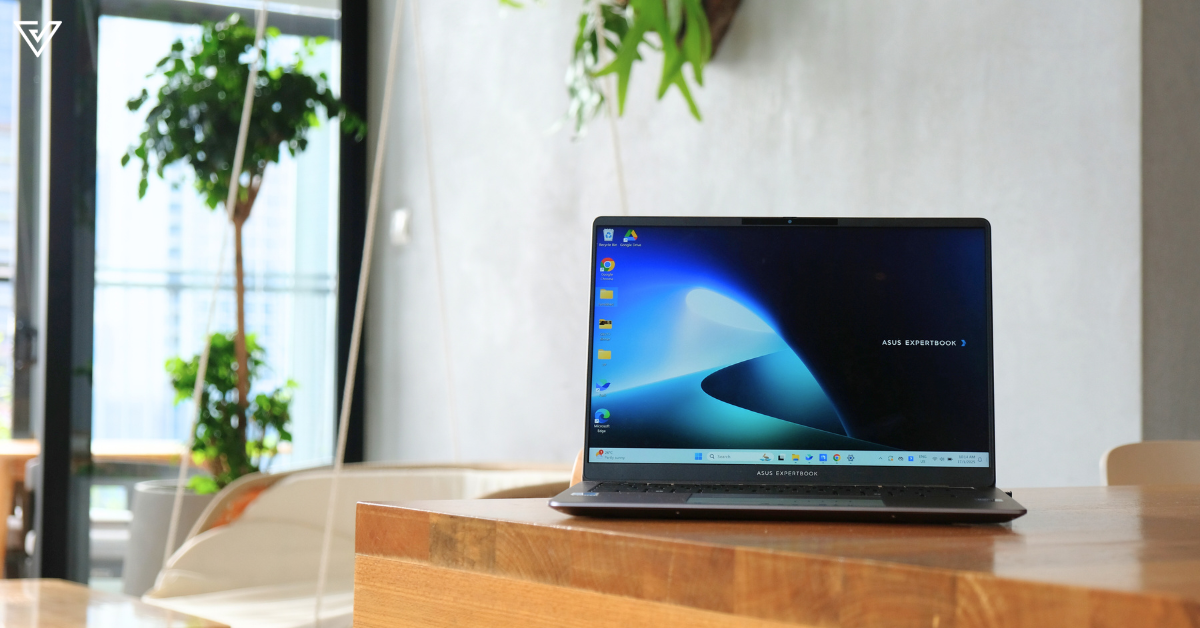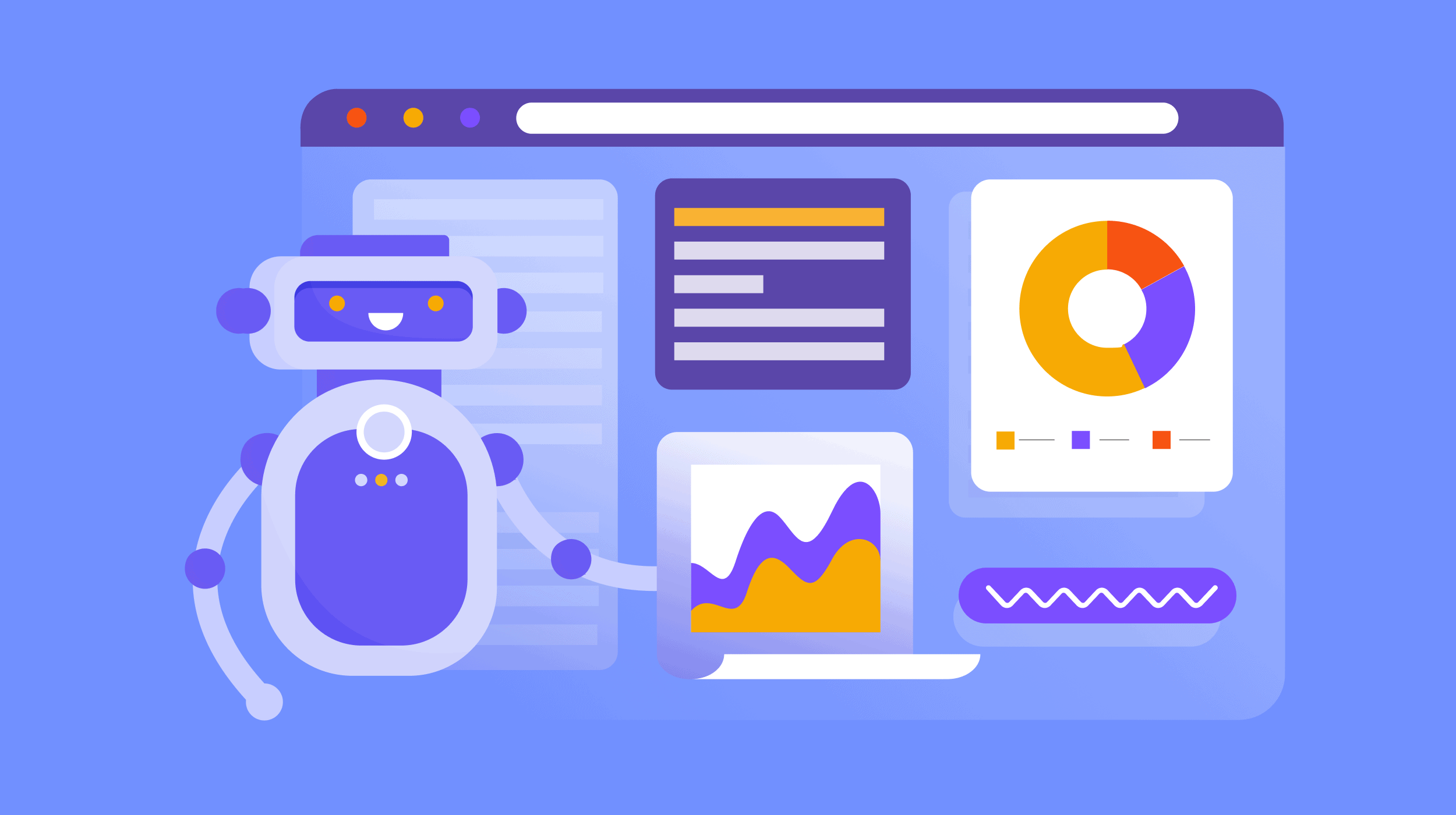We Need Non-Bleeding Cycle Tracking, but Clue Misses the Mark
Clue's new feature is close, but still missing the point.

One of the best period-tracking apps out there, Clue, recently announced a feature that should be groundbreaking for people who don't menstruate but still experience cyclical health changes. The app claims to be the only health app that tracks your cycle even when you don’t bleed. This would mean people who don't have periods due to surgery, hormonal medications, gender transition, or life stages like post-menopause can track their cycles, too.
The premise is solid and much-needed. Even when you don’t experience bleeding, your cyclical changes in mood, energy, and physical symptoms don't just disappear. These patterns matter for understanding your body, managing health conditions, and making informed decisions about your well-being. Clue deserves credit for recognizing this gap in reproductive health tracking.
But here's where the excitement deflates, and where there's a fundamental flaw throughout the period tracking industry: These apps are still glorified diaries. If you can start a new "cycle" whenever you feel like it, then your tracking is based on vibes, essentially. Here's the issue with users manually identifying their own patterns, even when the technology to detect cycles automatically already exists.
How period tracking currently works (and how it doesn't)
Traditional period tracking apps operate on a simple premise: you tell the app when your period starts, and it uses that data to predict future cycles and fertile windows. This works reasonably well for people with regular menstrual bleeding, but it completely excludes anyone who doesn't bleed—a massive population including people using hormonal birth control, those who've had hysterectomies, people on gender-affirming hormone therapy, and post-menopausal individuals.
Clue's new feature attempts to solve this by letting users manually start a new "cycle" whenever they want, based on how they're feeling. But this isn't fundamentally different from existing period apps—it's just replacing "I'm bleeding" with "I think I'm starting a new cycle." Users are still required to self-diagnose their cyclical patterns rather than having technology detect them.
The problem is that if you don't have regular periods, you often don't know when your cycles begin or end. That's precisely why you'd want tracking in the first place.
The technology is out there
What makes this particularly frustrating is that the technology to detect cyclical patterns without manual input not only exists—it's already built into the devices millions of people wear daily.
Beth Skwarecki, who has been testing wearables that offer women's health features, captures this perfectly: "I don't get regular periods but I don't know whether I have a cycle—some people on my form of contraception do and some don't. So I get excited every time I hear that a device can use body temperature to predict ovulation, or that a device looks for patterns in your body's metrics. But I haven't found a single one that even attempts to do cycle tracking without you manually flagging days that you are bleeding."
The science is straightforward: Body temperature typically rises about half a degree during the second half of your cycle compared to the first half. The day your temperature rises coincides with ovulation, and the day it drops aligns with when you'd typically have a period.
Oura, Whoop, most Garmin watches, Apple Watch, and virtually every premium smartwatch already monitor body temperature for these exact variations. And many of these wearables will identify the dates they think you are ovulating—but only if, and after, you manually flag the dates you noticed bleeding. As Beth points out, this seems like an awfully limited use of this data given the effort these platforms put into analyzing and detecting patterns in all the other data they collect. Whoop will tell you whether you sleep better on nights you're better hydrated. Oura will tell you when your body temperature and other metrics seem to suggest you're getting sick. Yet somehow, none of them apply this data to detect cyclical patterns independently.
"With all of the effort Oura (and Whoop, and other wearables) put into detecting patterns in your personal biometrics," Beth explains, "it seems like a huge omission that they don't point their algorithms at the question of 'Does this user have a cyclical monthly pattern in their temperature data?'"
What do you think so far?
Besides, temperature is just the beginning. Modern wearables track heart rate variability, sleep patterns, activity levels, and stress indicators—all metrics that can fluctuate cyclically in people with hormonal cycles, regardless of whether they menstruate.
Who this really impacts
As someone squarely in Clue's target demographic for this feature, I don't want to guess when my cycle starts—I want the app to tell me based on the symptoms I'm logging. If I knew when my cycles began and ended, I wouldn't need specialized tracking in the first place. The whole value proposition of cycle tracking apps is pattern recognition that humans might miss.
Think about it: if you can arbitrarily declare a new cycle based on how you're feeling, what's stopping you from just logging "bleeding" in a regular period app and getting the same functionality? What's desperately needed—and what continues to elude every major health app—is intelligent pattern detection. An app that can analyze your logged symptoms (mood swings, energy dips, headaches, sleep changes, whatever your body does) and say, "Hey, based on your data from the past few months, it looks like you might be starting a new cycle around now."
People who don't menstruate but still experience hormonal cycles often struggle with symptoms that doctors dismiss or don't fully understand. Having data-backed evidence of cyclical patterns could validate their experiences and inform better healthcare decisions.
I do think Clue is halfway there by encouraging users to log mood, energy, and health experiences to "connect the dots" and "observe patterns." The ability to track health patterns "on your terms" without the pressure of menstrual bleeding is valuable. But it's still asking users to do the connecting and observing themselves. If my Oura or Whoop or Apple Watch is tracking all these metrics anyways, why isn't it finding patterns related to my cycle?
And frankly, if I want to analyze my own symptom patterns, I'll just use a regular note-taking app and save myself the privacy concerns.

 Troov
Troov 



















![The 2026 AI Search Benchmark Every SEO Leader Needs [Webinar] via @sejournal, @lorenbaker](https://www.searchenginejournal.com/wp-content/uploads/2025/11/1-259.png)






.jpg&h=630&w=1200&q=100&v=ebcc31501f&c=1)





